Expanding your family is always an exciting adventure. When the love for your current pup is so strong, it may seem like the obvious next step is to share all that love with another furry friend. At the same time, it’s important to think practically about what it really means to bring another dog into your home.
How you answer the following seven questions can help you understand your level of preparedness and feel confident in your decision.
1. What is My Current Dog’s Behavior Like?
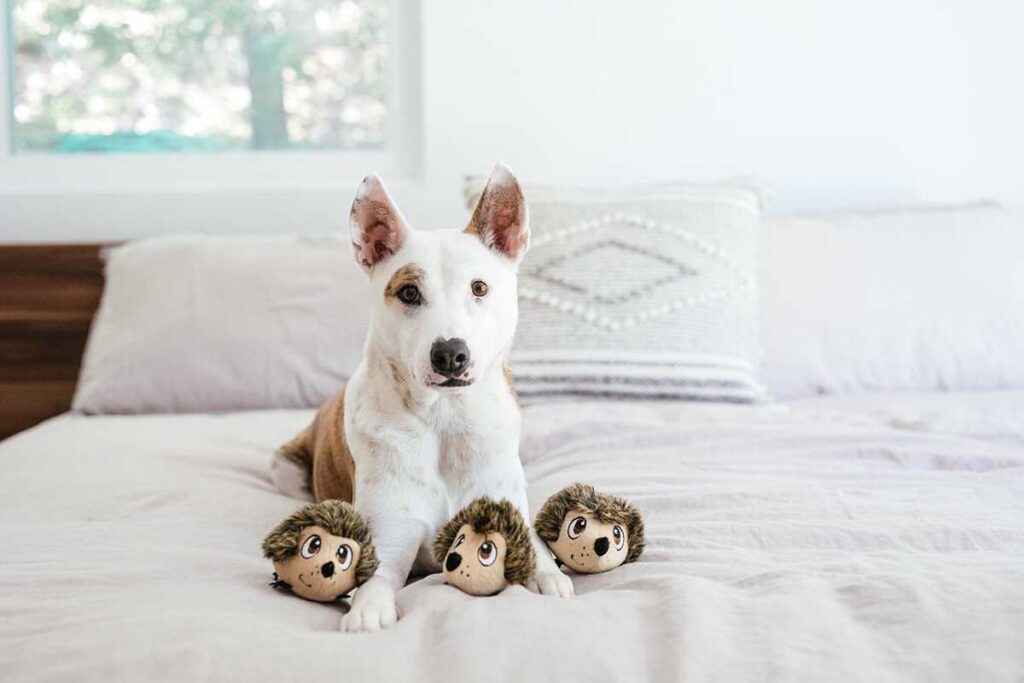
One of the first questions to consider is, how does your dog behave? How do they interact with other dogs and people? Are they well socialized?
If you have a more timid dog that is not used to other animals or is not the most comfortable with people outside of the family, now might not be the time to introduce a new dog into the home. A second dog is not a fix for your first dog’s behavioral issues which may include aggression or separation anxiety.
You’ll want to think about how they interact with their food, water, and toys. If your dog is known to resource guard, or is territorial and tends to growl when people encroach on their space, it may be too soon for them to share their home with another pup. Take some time to help them through this by reducing their stress and ensuring they feel safe and secure.
The same is true for separation anxiety. If your pup is struggling to be at home without you, and this is evident in behaviors like being destructive or physical illness, then they may need more attention and help before a second dog can share the space with them.
Not only could this worsen their stress, but they could end up teaching their negative behaviors to the second dog. This could lead to quite a mess!
2. What Dog Makes the Most Sense to Bring Into My Home?
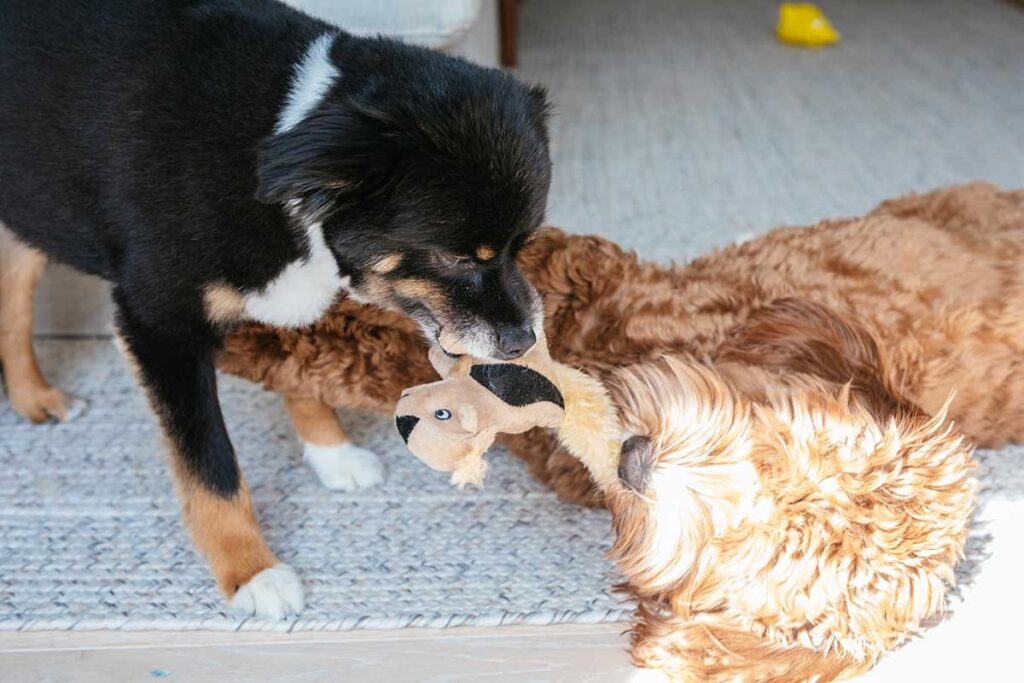
The next question to ask yourself is, what dog would you choose? There are multiple factors that go into this decision like the ways in which different breeds of dogs behave and have different temperaments.
Other factors to consider include gender and age. These considerations may not seem like much on their own but they can have a big impact on the compatibility of your furry friends.
For example, some experts would argue that you should bring home a dog of the opposite sex. This is because doing so creates a situation in which two same-gendered dogs feel the need to prove who will be the alpha male or alpha female. With that said, this doesn’t mean that there is never an instance in which two female dogs or two male dogs can live together cohesively, it really depends on your pup’s personality.
Another example would be if you have a puppy in the midst of training, then bringing home another dog may interrupt the daily routines you’re working to create.
So, evaluating your dog, their personality, their size, and the ways in which they like to play can guide you to decide on the best second dog that will fit your family.
3. How Well-Trained is My Dog Currently?
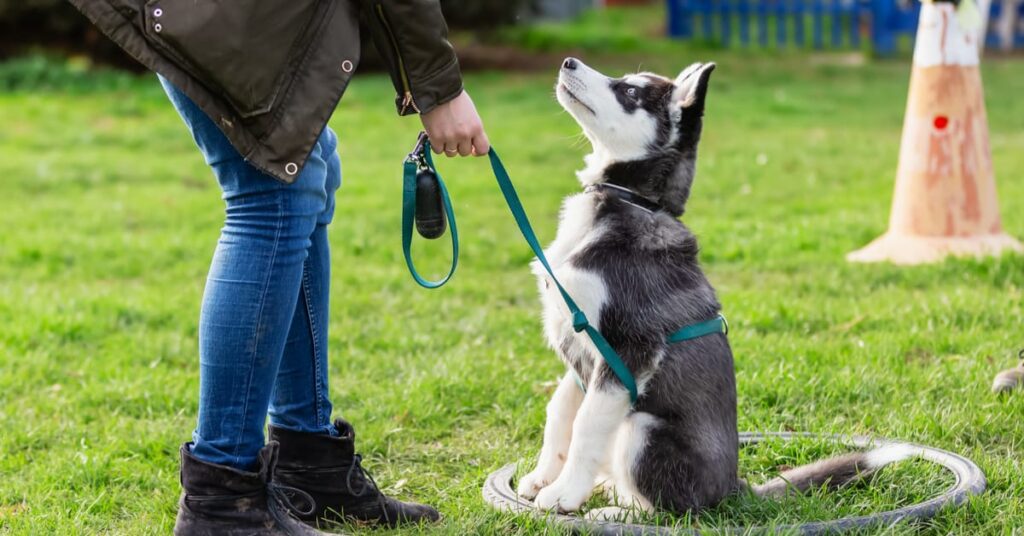
Let’s talk about training. What was training your current dog like and how have they been doing since? Once you have a well-trained pup, it can be a little too easy to forget what that process actually entailed. Training takes a lot of time and a lot of effort.
So, think back to when you trained your dog, and take a critical look at how they are behaving now. Maybe all of that hard work paid off and you’re ready to do it again – that’s great! Maybe there are still some things you’re working on with your dog, but you feel confident you can handle a second and they can learn together. Or maybe, your dog is not in a good spot, struggling with frequent accidents, or poor behaviors like jumping or leash pulling.
If that sounds like your situation it might be best to hold off on a second pet and really invest in consistent training time with your current dog first.
After all, they’re going to set an example for their sibling.
4. Can I Afford Another Pup?
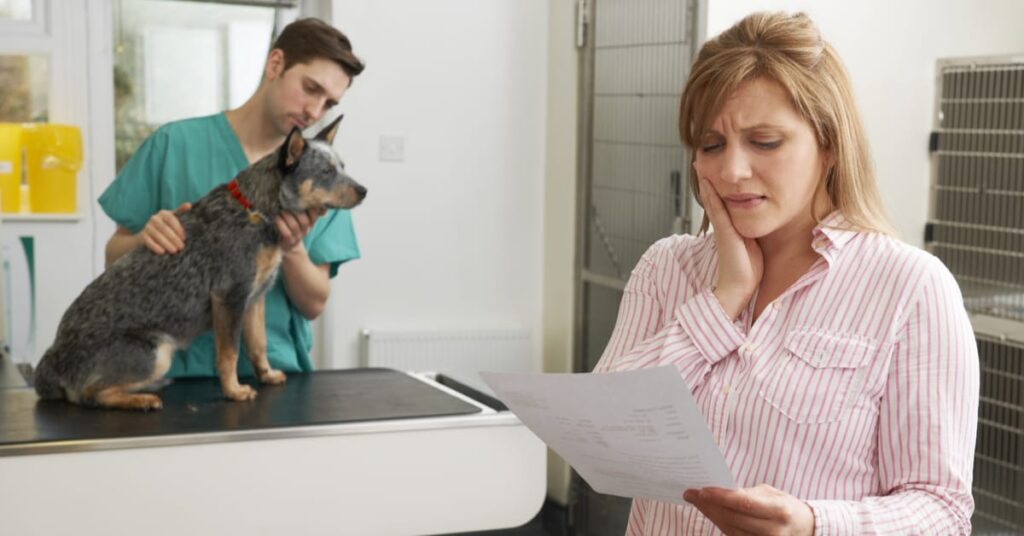
No matter how you expand your family, you have to look at the financial impact it will make. A dog is certainly no small feat, and a second dog can be even more taxing.
So, can you afford a second pup? This is going to mean double the amount of food, toys, treats, leashes, and more. As well as the bigger expenses like training sessions, boarding fees, and of course vet bills.
The smaller expenses may be manageable, but they do add up over time. With that, the big spending, the more worrisome spending that may make you as a pet owner hesitant to expand your family, is likely to come from the vet bills. It’s no secret that vet bills can get expensive whether you have just one pet or multiple. Your financial situation should not be taken lightly when evaluating if a second dog is right for you and your family.
Now is as good a time as ever to look into the resources available to you as a pet owner; specifically, pet insurance. So the follow-up question to consider is how does pet insurance work, especially with a second pup?
Whether you have it already or are a complete newbie to the process, it is important to recognize that another dog is a greater financial endeavor. Try incorporating pet insurance into your established budget, you can start to see the ways in which insurance can take some of the pressure off. When it comes to understanding how you’re covered and how you can cover multiple pets under a single-family policy you can get a more clear answer on whether or not you are financially prepared to take care of a second dog.
5. Do I Have Time to Give Ample Attention to Two Dogs?

Dogs need a healthy amount of playtime and activity. There are numerous ways they can get out there and get active. Whether it be going on walks, playing fetch, or other fun activities like swimming, that quality time you and your dog spend together is irreplaceable. If you’re looking to bring home a second dog, you should consider if you have enough time in your schedule to give everyone the right amount of attention they deserve.
If your first dog already struggles to get their energy out, another dog is not a simple solution for playtime. The same can be said for dog parks or doggy daycare. While these can be an option to supplement their activity, help diversify their time, and embrace socialization, it’s not a quick fix or replacement for exercise. It’s also possible that dog parks and daycares may not be a safe option for your dog and so they’ll require an alternative way to play.
You’ll want to make sure that you can make both dogs a priority and get them up and active consistently each week.
6. What Does Bringing Home a Second Dog Look Like?
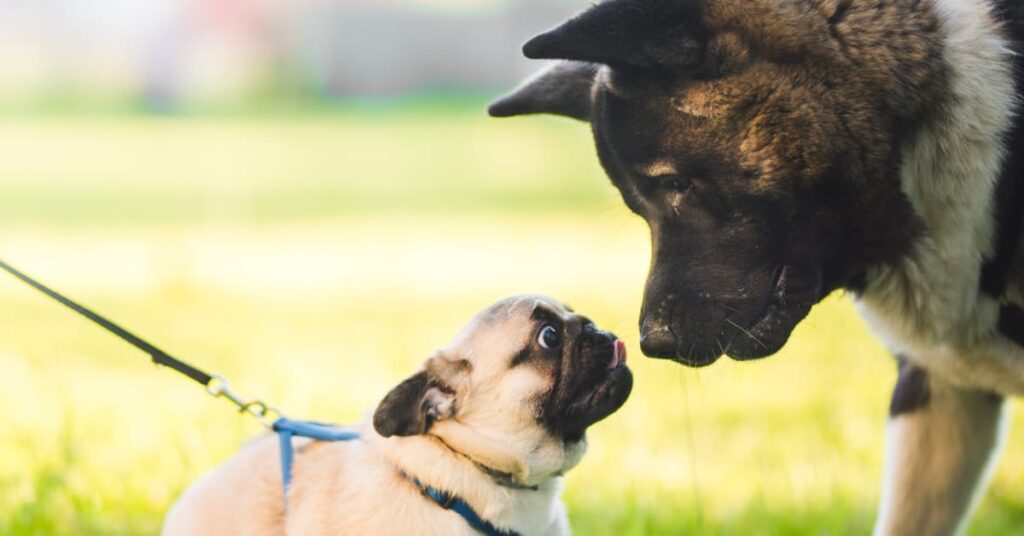
Let’s visualize what it would look like to bring a second dog home. If you decide this is right for you and your family, there are some key steps you should take to help make a smooth transition.
To introduce your new dog most effectively, the two should meet on neutral ground. They should not meet inside the home, but rather in an outdoor space, where they will have ample room to themselves and you can have control over when and how they walk up to each other to make the introduction. Start slow and pay close attention to their body language and emotion.
When it does come time to bring them into the home together, a good rule of thumb is to have them supervised or otherwise separated. This means that in the event you or a family member is not there to watch over them, they will have separated areas through the use of crates or gates.
With each step, the best thing you can do is reinforce their positive behavior! Whether it be with treats or praise, the more you can encourage and reward safe and comfortable behavior from both dogs, the better they can come together and learn to share their home peacefully.
7. When Should I Say Yes to a Second Dog?
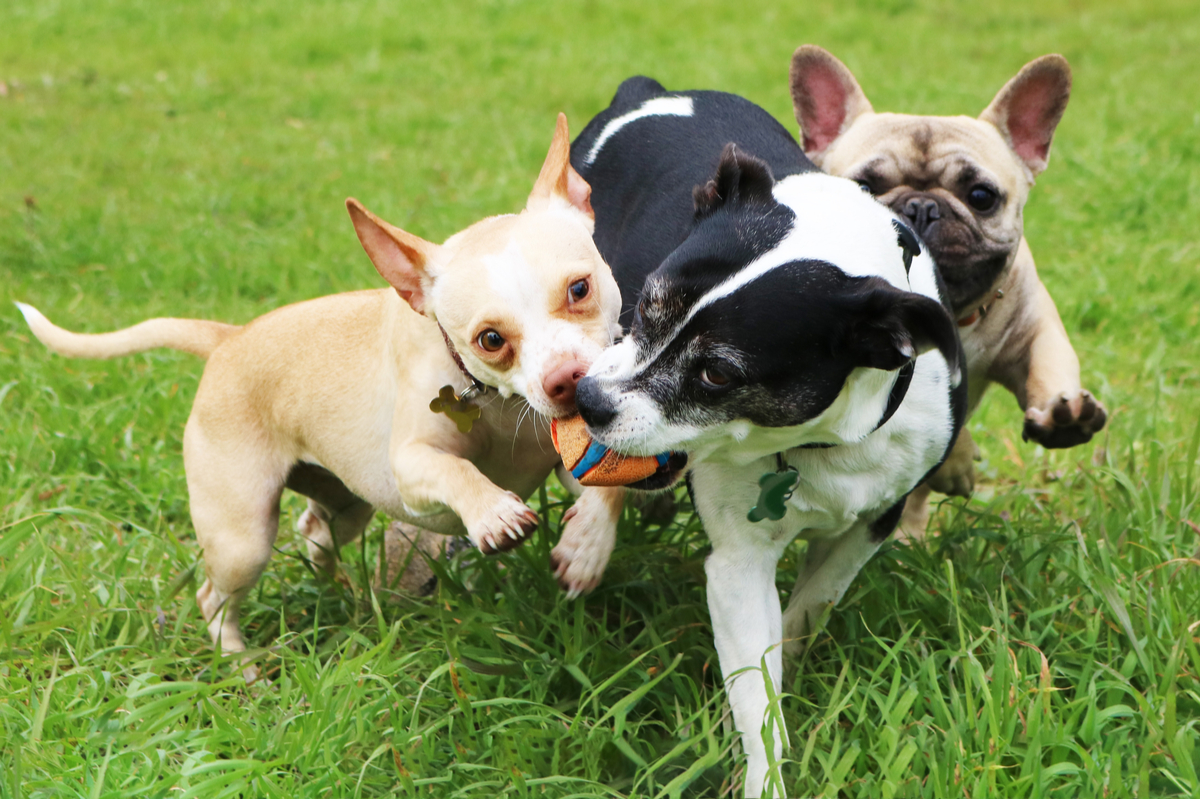
It may feel like there are more reasons to say no to a second pet, but another dog can be a positive thing. Even more so, friendships between dogs can be adorable, and you can spend countless hours watching them play and cuddle up with each other. It’s all about doing it for the right reasons and feeling confident that you are in the best place to give both dogs the home they deserve.
Timing is everything and this decision certainly takes time and a lot of thought. With the right plan and enough patience, you and your family can trust it will all work out the way it’s meant to. If your first pup is well-trained, a little more grown-up but still full of life and energy, then it very well could be the perfect time for you to share your love and bring home a new furry friend!

